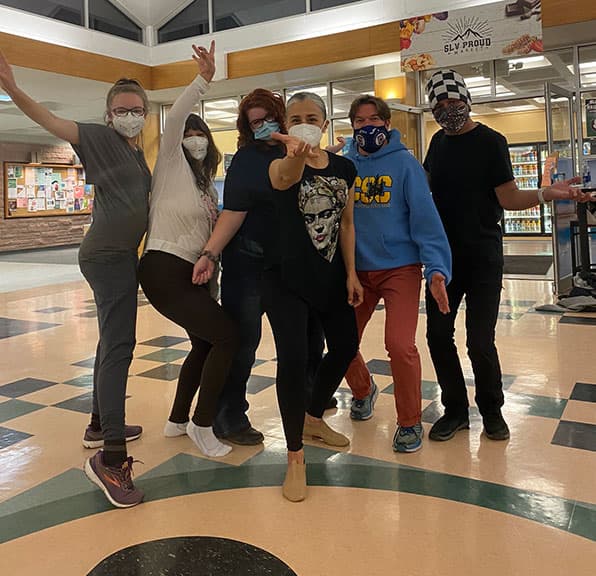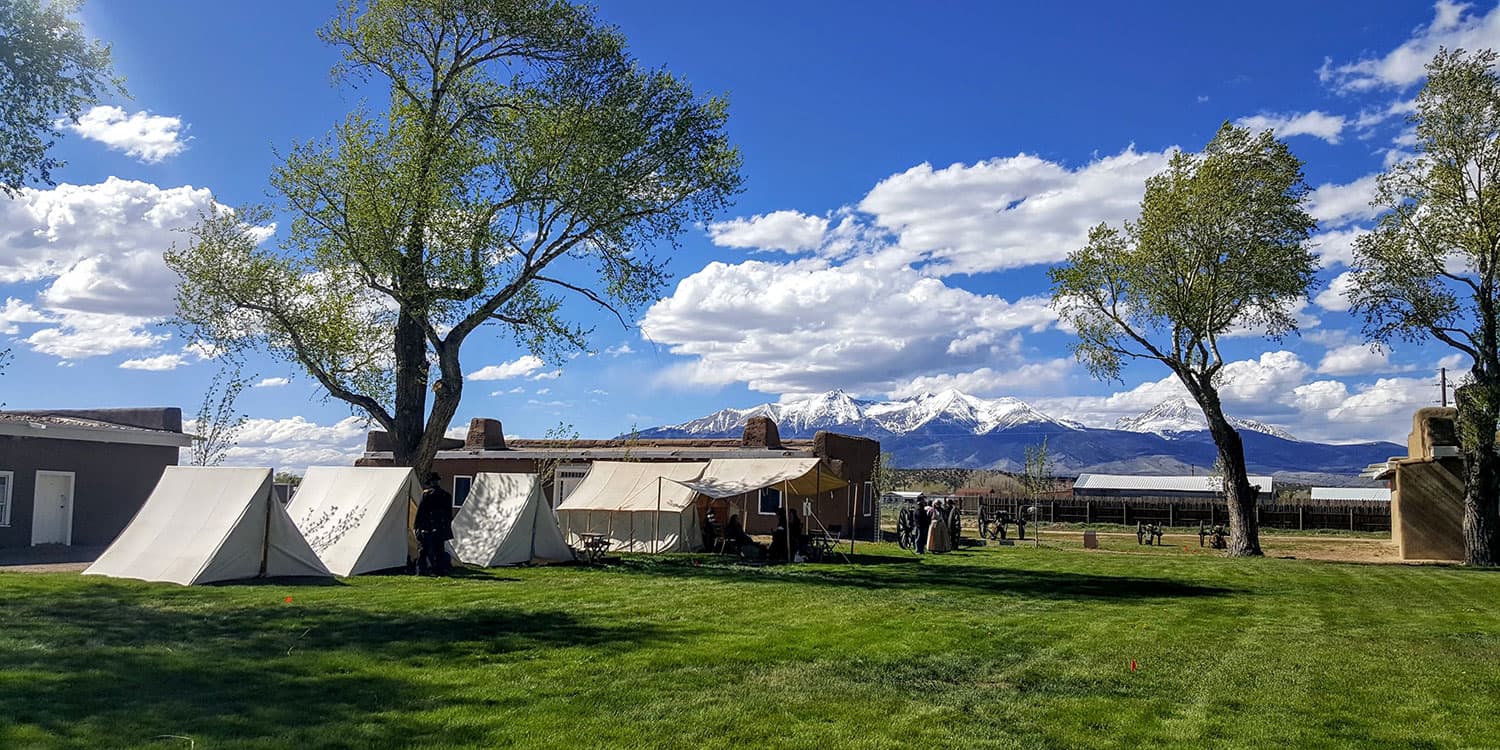Events celebrating Black History Month at Adams State included the campus and community moving to the beats of Congo and Caribbean style dance as well as presentations on the Black experience in the United States.

Assistant Professor of Sociology and Inclusive Excellence Liaison Heidi Schneider, Ph.D., was instrumental in organizing the month’s presentations. Her lecture on Rev. Martin Luther King’s “Letter from Birmingham Jail” detailed aspects of the message King wrote in 1963 while incarcerated in Birmingham, Ala. He was arrested for breaking an injunction against parading, among other things.
The dispatch was a response to “A Call for Unity,” an open letter from white clergy in the area who inveighed against “outsiders” and urged people to use the legal system to make the changes they wanted to discriminatory practices and laws there.
In King’s letter, he lists his connections to the area and reminds readers he was invited by locals to come to Birmingham, according to Schneider. This responded to the white pastors’ claims of outside interference. Perhaps more importantly, though, he also detailed his idea that all people are one community, Schneider said. “Letter from Birmingham Jail” includes some of King’s most famous words: “Injustice anywhere is a threat to justice everywhere. We are caught in an inescapable network of mutuality, tied in a single garment of destiny. Whatever affects one directly, affects all indirectly.”
The letter also articulates the concept that some laws are just and some are unjust; people are not just allowed to break unjust laws but obligated to do so. King uses the example of someone aiding and comforting “Jewish brothers” in Hitler’s Germany, even though it was expressly illegal there, according to Schneider.
Adams State Cultural Awareness and Student Achievement (CASA) Center Director Oneyda Maestas collaborated with Fort Garland Museum and Cultural Center Director Eric Carpio to host “We Can, We Will: History and Legacy of the Buffalo Soldiers,” a presentation by Dennis Moore, at the Fort Garland Museum. When he was growing up and learning history, “A lot of people were left out of the history books because they didn’t write them.” Assisting on a memorial to the Buffalo Soldiers in Colorado Springs piqued Moore’s interest which grew into a passion, and he now spends much of his retirement teaching others about the Buffalo Soldiers.
Black men, and sometimes women, have fought for this country dating back to the French and Indian Wars, while the states were still colonies of Great Britain. The Buffalo Soldiers, specific segregated units, were created after the Civil War, in 1866, according to Moore, when thousands of troops left service. The federal government needed soldiers to protect settlers in the West from some Native American tribes, rustlers, thieves, and all manner of predation. Having a hard time recruiting, the Army decided to stand up some Black units.
The origin of the name “Buffalo Soldiers” is not known for sure, Moore said, but it seems to be a term Native Americans used for the dark men with curly hair that fought tenaciously. And they did. Stationed at forts all over Colorado and the West, they played a vital part in the settlement of people coming from the East. The Buffalo Soldiers, however, were not allowed east of the Mississippi, Moore said.
The 9th Cavalry of Buffalo Soldiers spent 1876 through 1879 at Fort Garland. They helped establish settlements in Durango, Pagosa Springs, and around the area. In one case, members of the 9th Cavalry escorted Native Americans and kept them safe from attack by the Colorado Militia.
Although Buffalo Soldiers were vital in protecting settlements in the area, according to Moore, they were often not allowed in businesses or even entire towns.
Moore can certainly relate to racial discrimination. He served his country for 20 years in the Air Force and another 20 in the civil service, yet is still not immune to injustices and racial profiling against Black men.
Adams State students, unfortunately, can also relate. Sociologist Schneider said when she discusses issues of inequity and racial discrimination in class, “the majority of students get it because it plays out in their lives.” Examining the past and its effect on the present allows for students to understand the systemic reasons behind their mistreatment. “Just tell history as it is, the whole truth, nothing but the truth…Put all the pieces together and be honest about the good and the bad,” historian Moore says.



